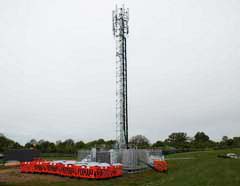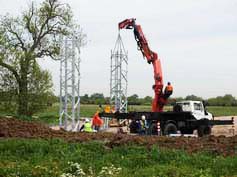Case Study
The Challenge
At the start of 2011, to prepare for the London Olympics, the 5 UK operators (Vodafone, O2, T-Mobile, Orange and Three) formed an alliance, the Joint Operators Olympic Group (JOOG), with the aim of increasing their coverage and capacity. O2 Chief Operating Officer, Derek McManus, said, "It's not just about the volume of people, we know that the nature of sporting and entertainment events means that we see huge spikes in traffic at key moments, such as when a goal is scored, or a number one song is played. It's the equivalent of rush hour on the underground."
The newly formed alliance wanted a solution that would enable them to continue to provide a first class service to their subscribers, whilst also coping with a predicted 1 million roaming visitors who were making plans to come to London, and the other Olympic sites, to enjoy the games. The majority of these visitors would be populating sites that traditionally do not have much footfall, thus they do not have the infrastructure to support the sudden increase in cellular phone usage.
The challenge was finding a solution that would allow JOOG to build a network to support the RF equipment of all 5 operators, and, could be built quickly and reliably. They would also need a solution that could be easily disassembled and redeployed elsewhere, once the games had finished.
The Solution
JOOG was given the task of solving this issue, and after a thorough evaluation process, they chose to proceed with the Costworx Integrated Tower Site (ITS). The ITS solution is a fast to deploy, easy to assemble solution, that integrates all the major site elements of tower, foundation, equipment platform and security fence. It can be deployed in a matter of hours without the need to dig foundations, undertake civil works or use heavy equipment.
The Success
The operators were provided with complete site solutions that were easily deployed, achieving their on-air target and providing their subscribers and roamers with a great service. The operators now have a fully mobile asset that post-Olympics they can use at other high footfall events, or which they may deploy in the place of a traditional lattice tower. This is because ITS, with its 25+ year lifespan, is a cost competitive alternative to the way telecom sites have previously been built.












